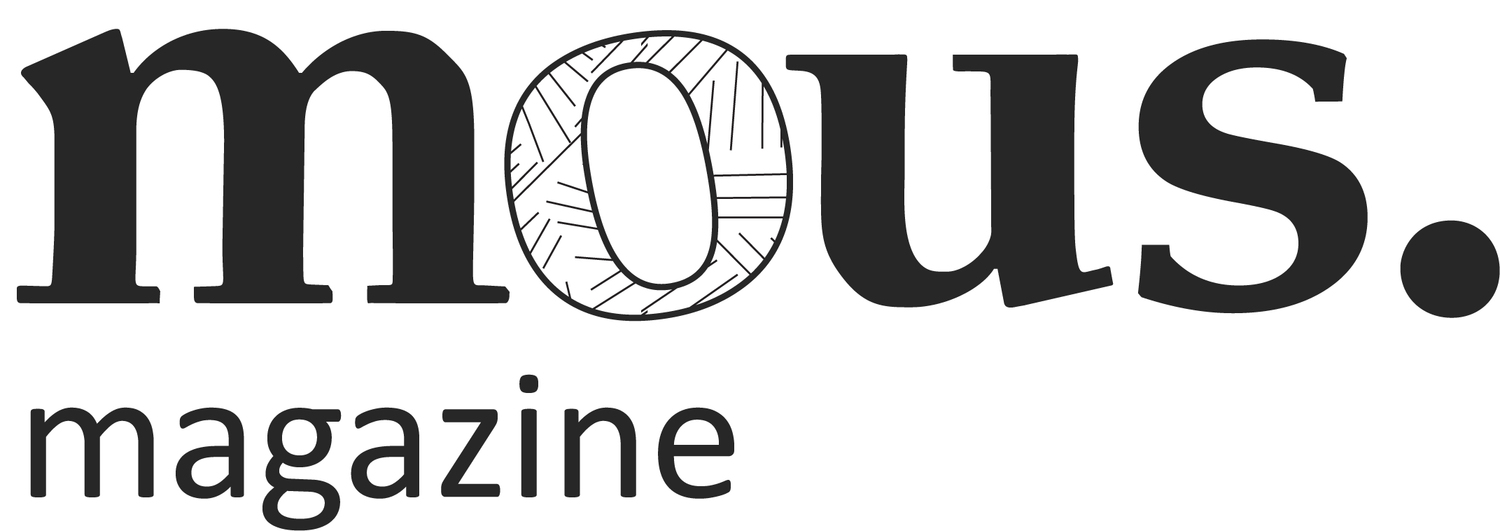/design/
You may not have heard of him, but it seems inevitable that Elliot Bastianon will soon be a driving force in Australia’s design world. From experimentation with unique materials in his new collection, to a clear dedication to supporting emerging designers through his establishment of workshop space Six Wiluna, Elliot demonstrates design ingenuity and maturity far beyond his years.
Elliot’s latest range, Unexpected Collection, explores how the acoustic sheet Echopanel – typically used for sound reduction – can be bent, pleated and manipulated to be used in furniture application. Elliot admits when he discovered the material serendipitously, it took a while for him to decide how to properly utilise it. “I bought a sheet, not knowing exactly what to do with it or why I even bought it and it just kind of sat there for a while,” he explains. “Its strangeness kind of grew on me. I began playing around with it by cutting and folding it into different forms and eventually developed three pieces all using EchoPanel in structural or decorative ways.”
With the rigidity of cardboard and the texture of felt, Echopanel adds an immediate sense of warmth and familiarity to Elliot’s otherwise minimalist designs. But Elliot says working with the material also bought challenges. “It’s really unforgiving! If it bends or creases along a path where you didn’t want it to, you can’t flatten it out, so to speak.
“It’s essentially made up of millions of plastic hairs which have been pressed into a sheet. Because of this, if you try to cut into it with tools or machinery with spinning blades or cutters, the little plastic hairs either melt or pull and leave a really gross result.”
But with patience and a little creativity he overcame this obstacle and produced a range of tables, lights and shelves that boast clean folds and complex yet subtle details. Elliot explains, “To get around this, I removed rotary cutter blades and attached them to angled blocks of wood. Then I could push them along the material and it would remove a neat ‘V’ groove, which would then allow me to fold the sheet along that path. Super fiddly, but the results are really crisp.”
The manner in which Elliot has embraced commonplace, structurally intricate materials is reminiscent of the work of post-war designers Charles and Rae Eames, not aesthetically but ideologically. “I guess the purpose of this work was to show what a material is capable of doing, rather than what it simply does. It’s pushing something to its structural limits, hijacking it and taking it to another place.
“I also really like taking things that people are probably really familiar with, but don’t realise it until they see it in a different context. This material is pretty common and more than likely people are walking past it every day in their office or somewhere else and don’t even realise it.”
Similarly to the materials used in his latest collection, Elliot says the designs themselves were also an exercise in exploration and experimentation rather than stringently planned


